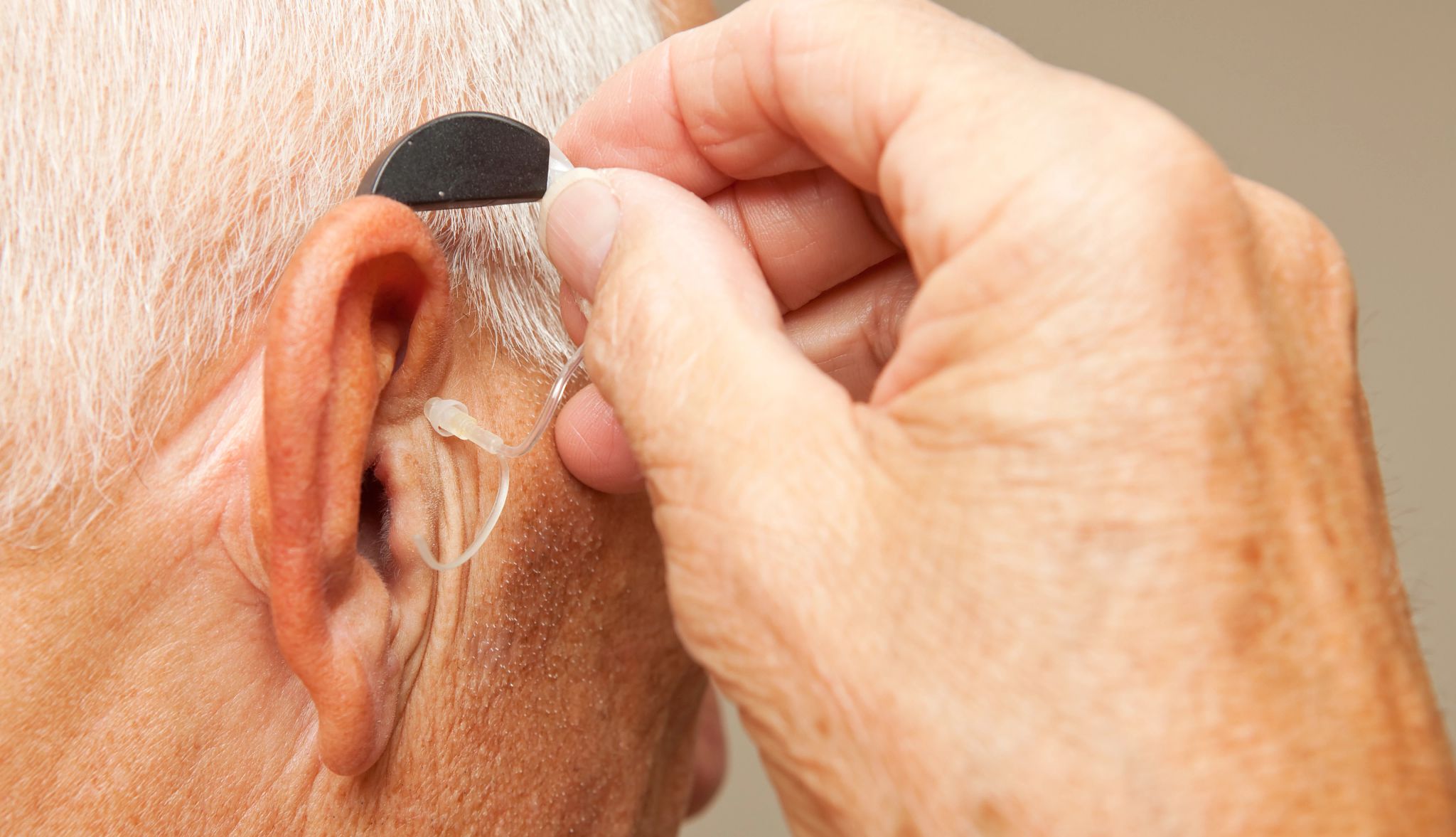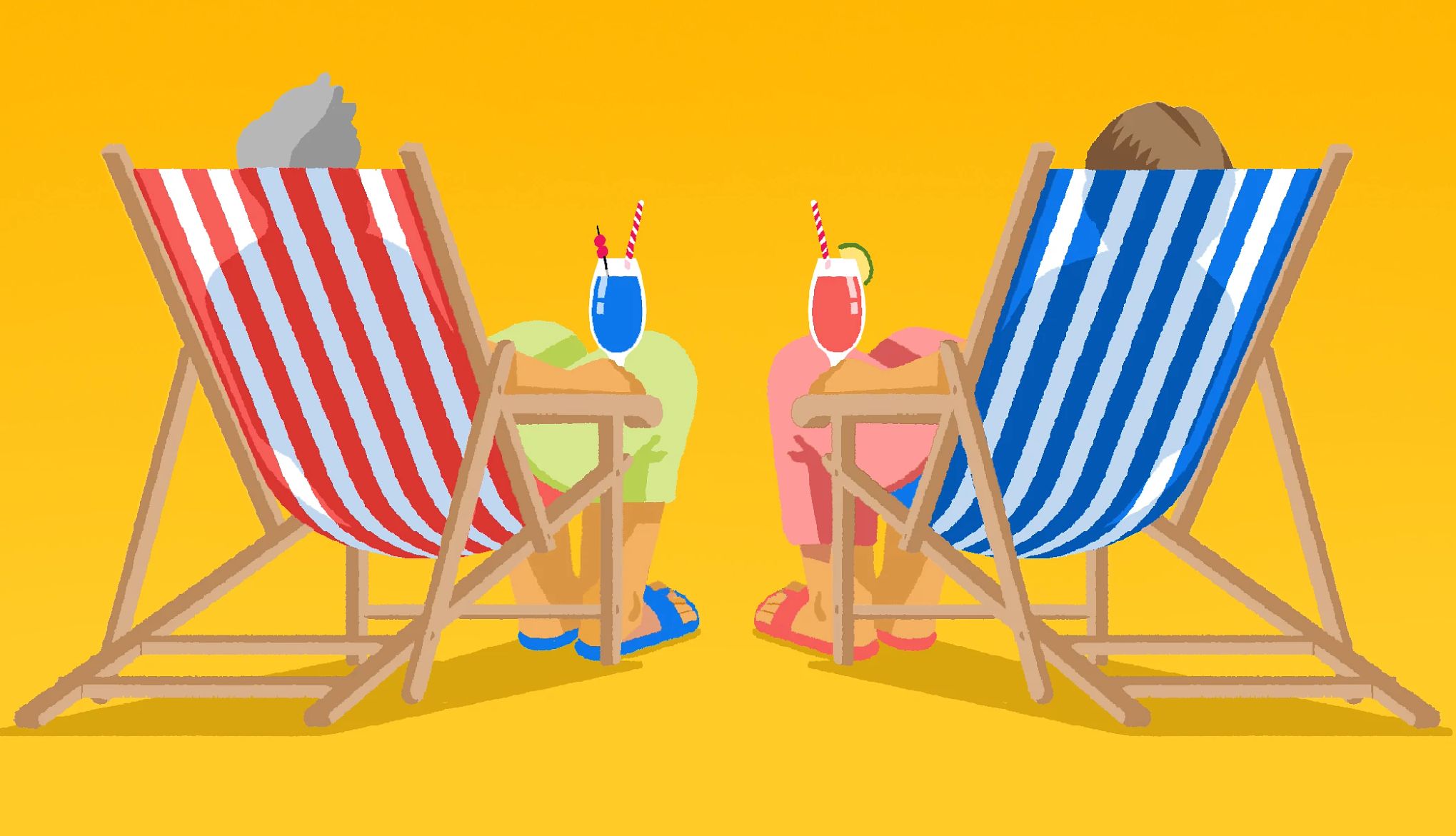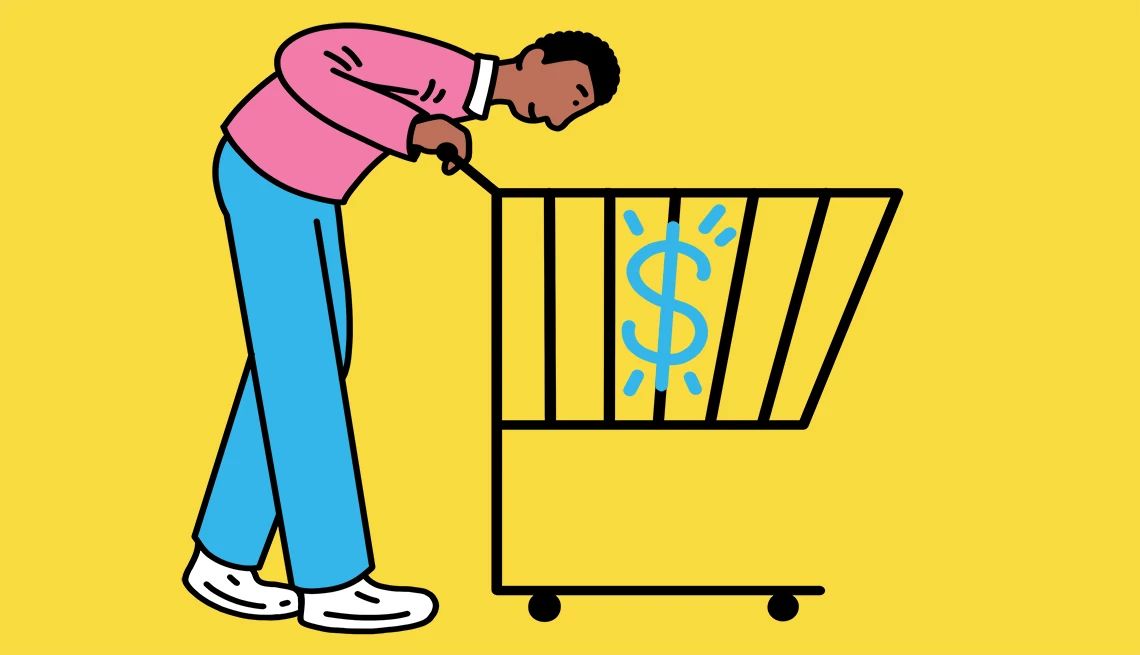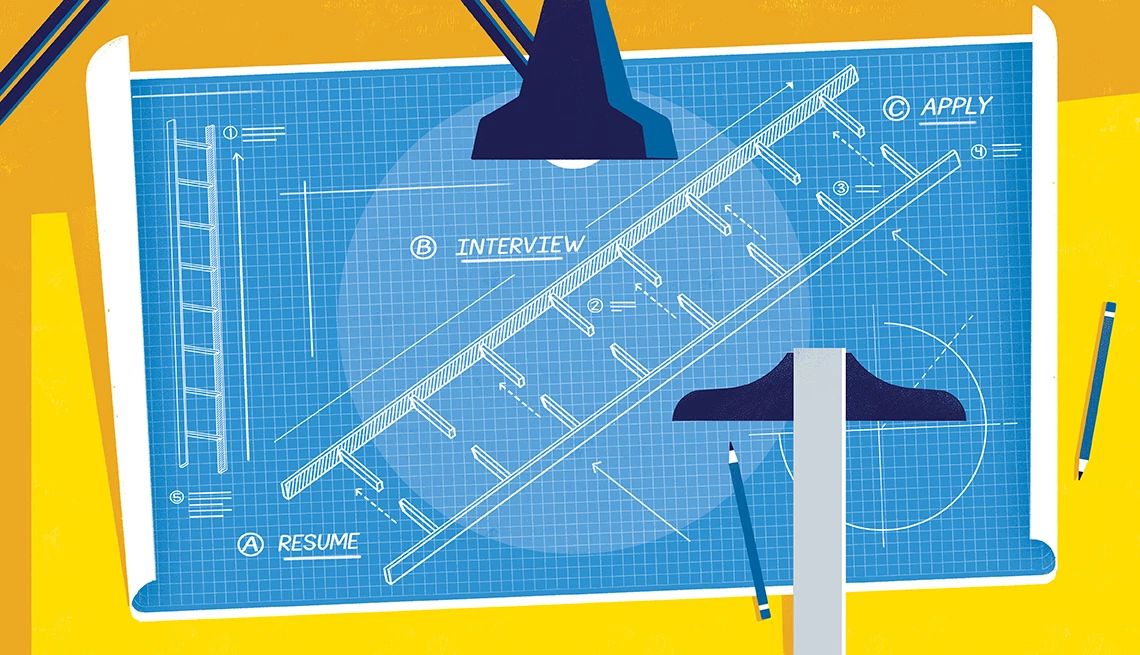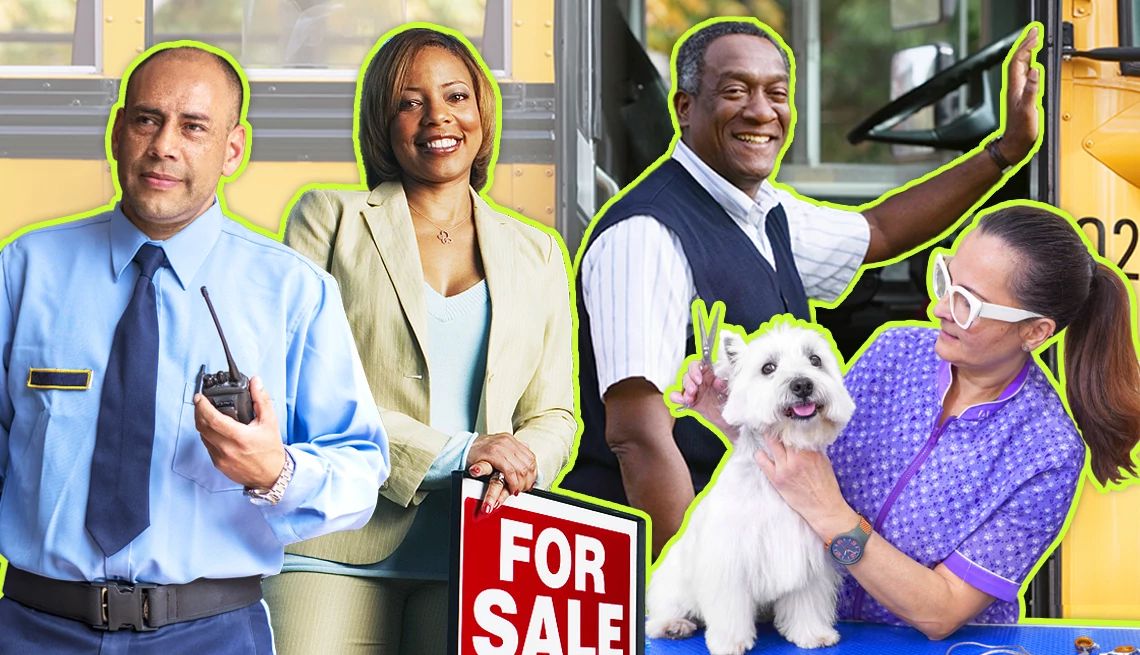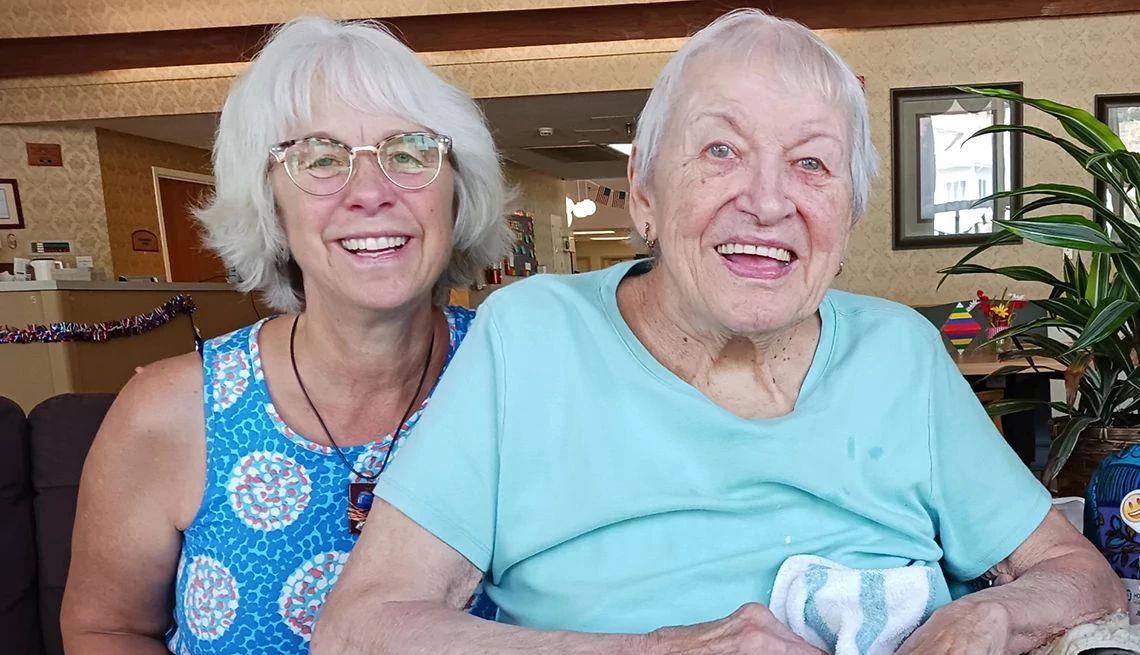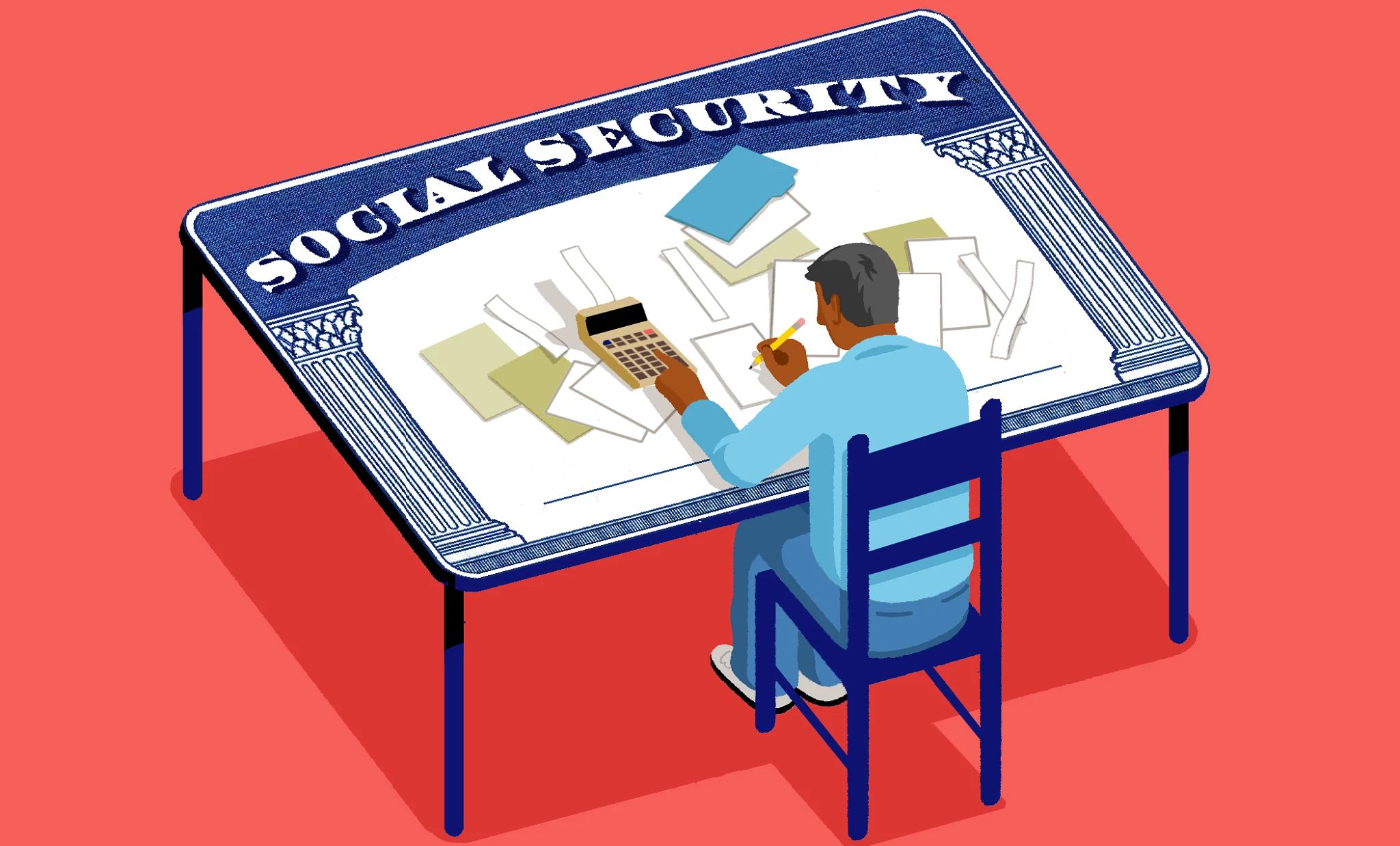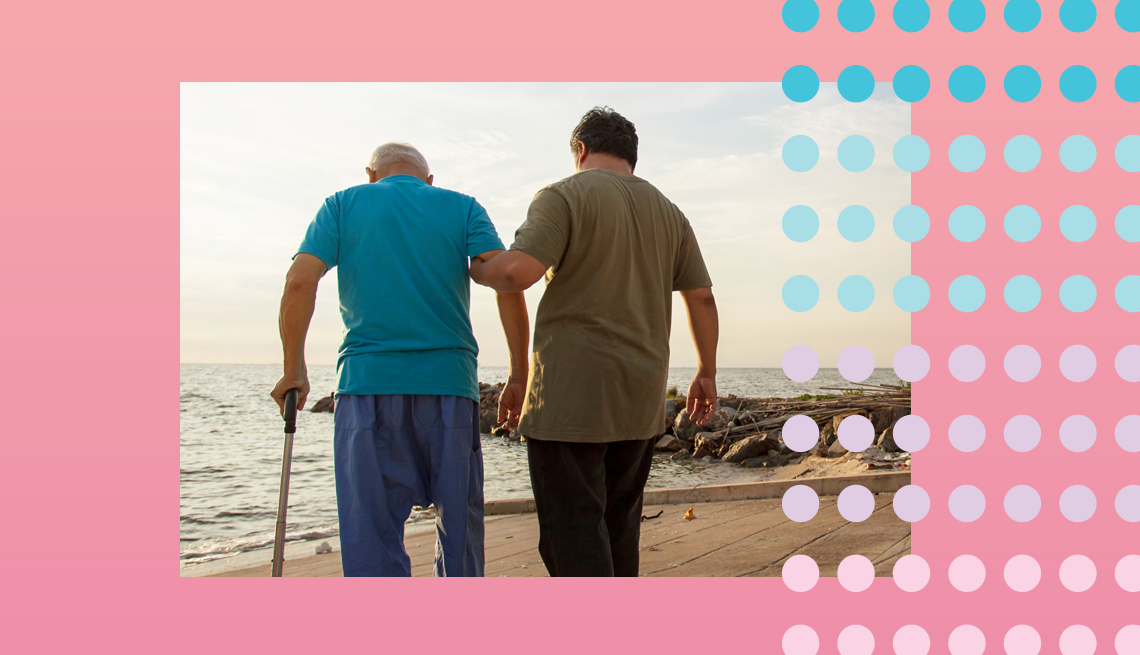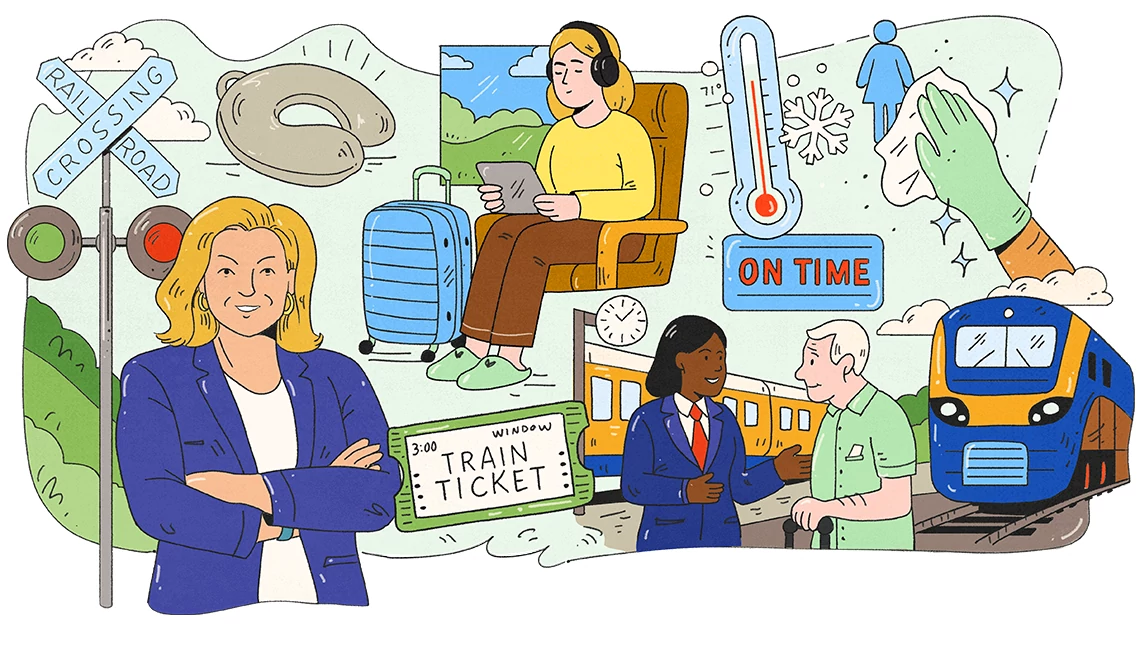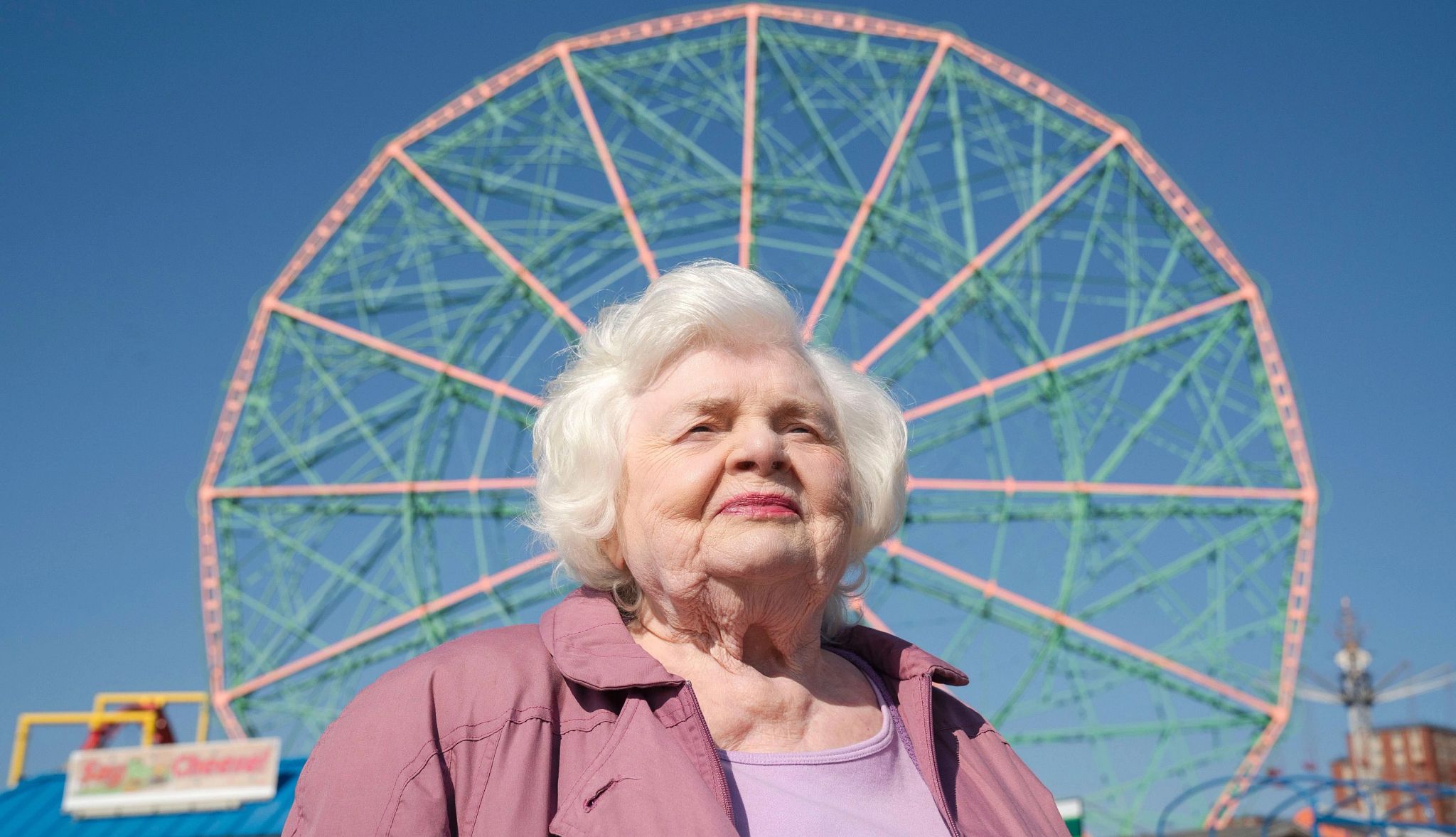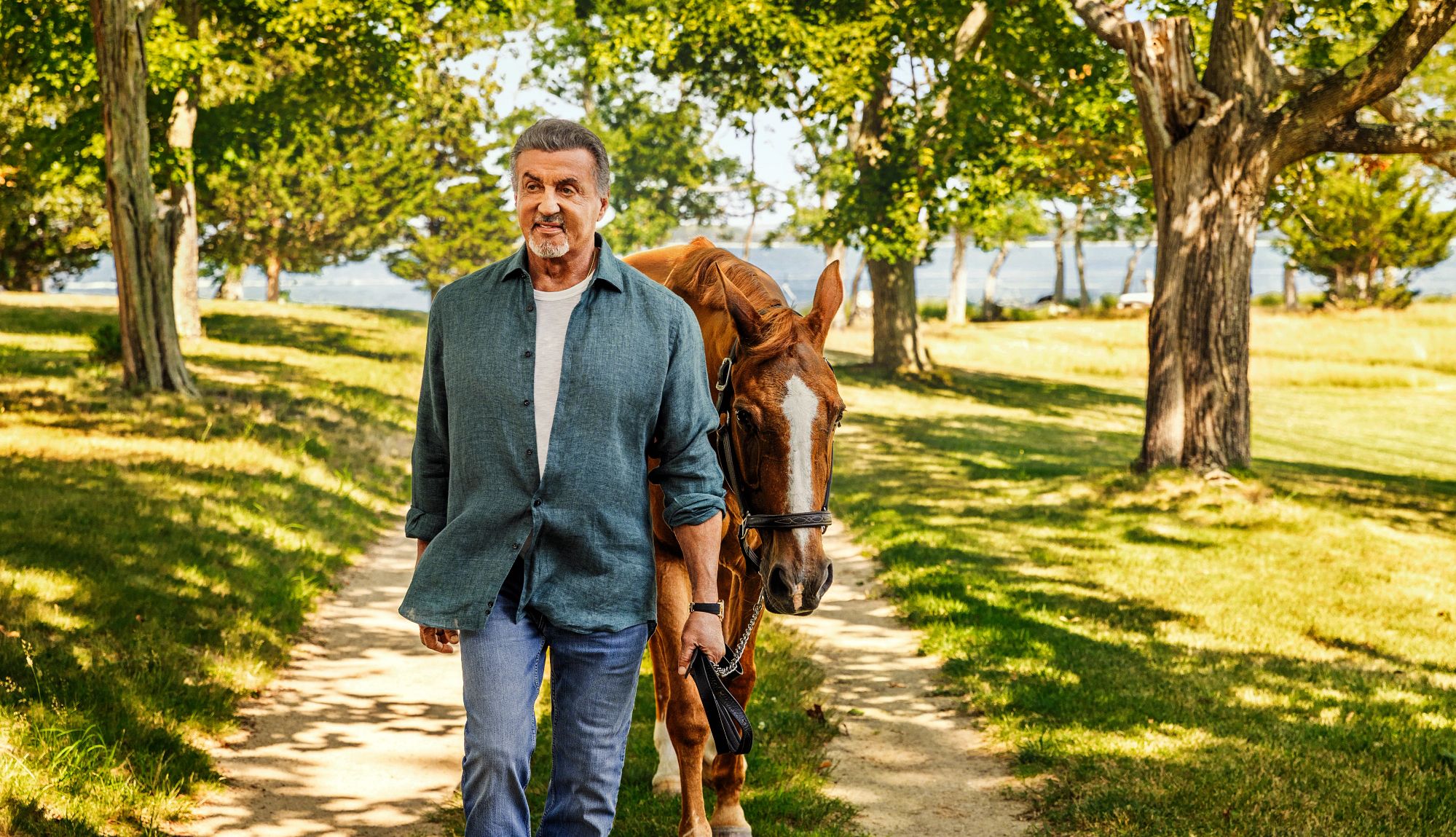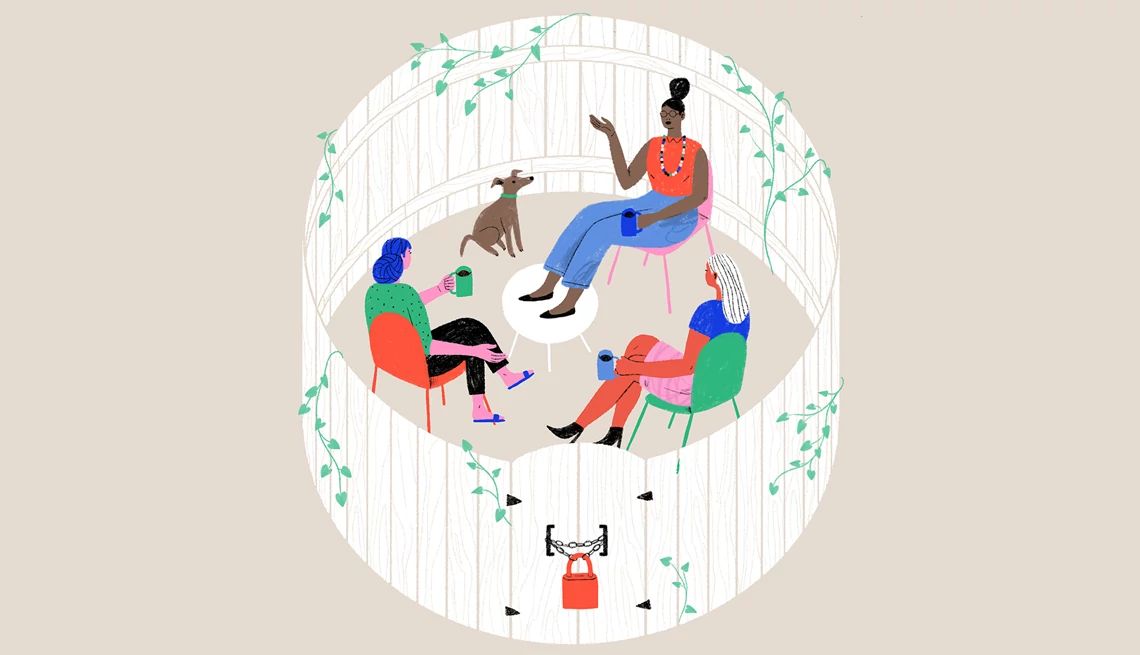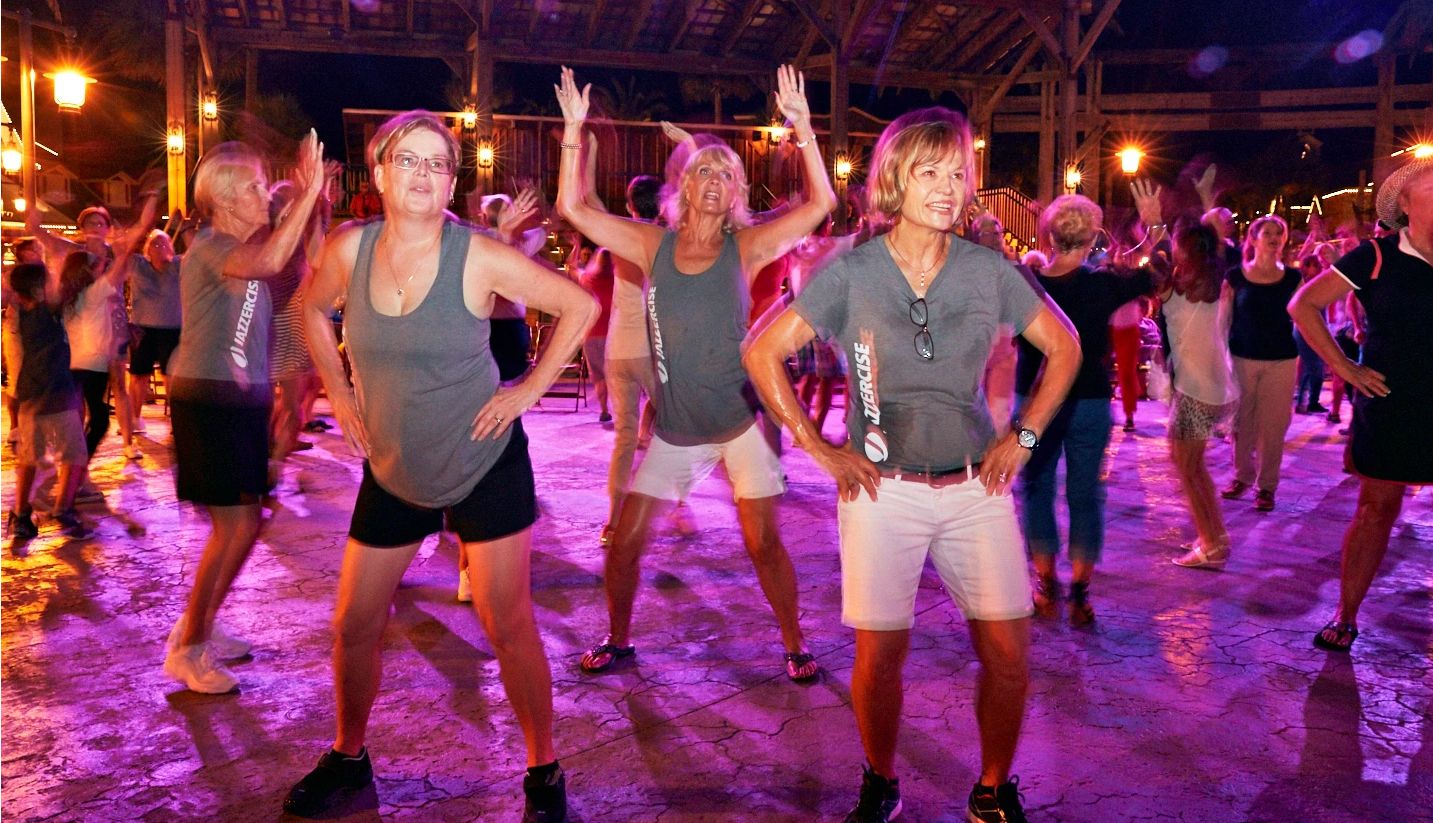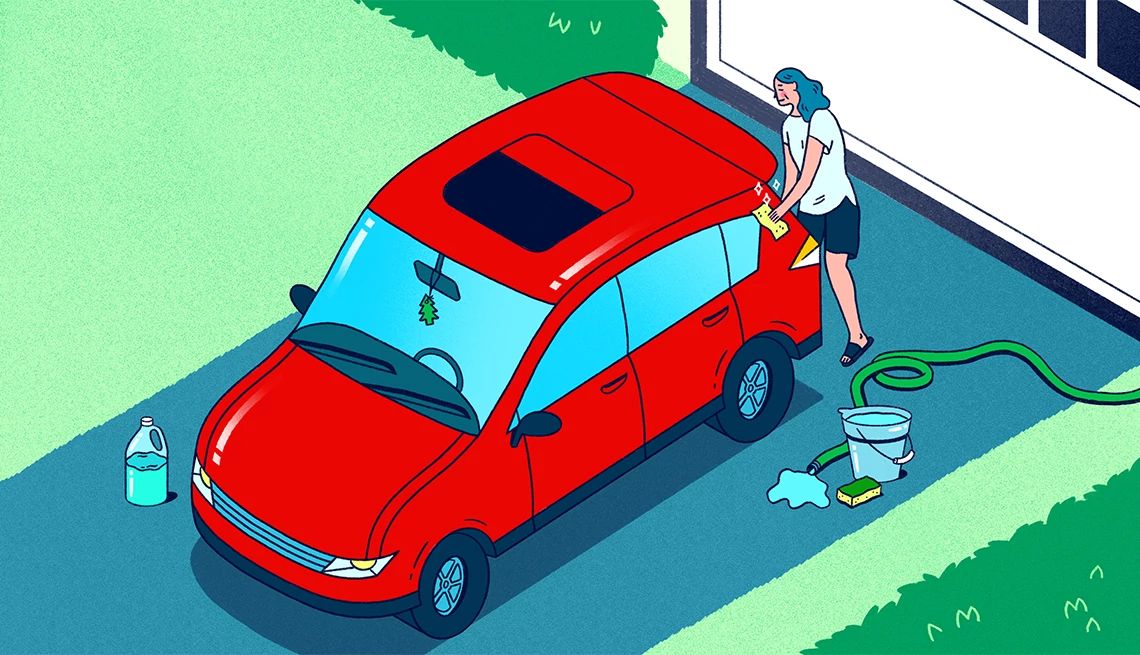AARP Hearing Center

The 8 Domains of Livability framework is used by many of the towns, cities, counties and states enrolled in the AARP Network of Age-Friendly States and Communities to organize and prioritize their work to become more livable for both older residents and people of all ages. While some communities tackle all eight domains at once, others choose to focus on fewer or combined domains.
-
Outdoor Spaces and Buildings
People need public places to gather — indoors and out. Green spaces, seating and accessible buildings (elevators, zero-step entrances, staircases with railings) can be used and enjoyed by people of all ages. -
Transportation
Driving shouldn’t be the only way to get around. Pedestrians need sidewalks and safe, crossable streets. Dedicated bicycle lanes benefit nondrivers and drivers alike. Public transit options can range from the large-scale (trains, buses, light rail) to the small (taxis, shuttles or ride share services). -
AARP surveys consistently find that the vast majority of older adults want to reside in their current home or community for as long as possible. Doing so is possible if a home is designed or modified for aging in place, or if a community has housing options that are suitable for differing incomes, ages and life stages.
-
Social Participation
Regardless of a person’s age, loneliness is often as debilitating a health condition as having a chronic illness or disease. Sadness and isolation can be combated by having opportunities to socialize and the availability of accessible, affordable and fun social activities. -
Everyone wants to feel valued. Intergenerational gatherings and activities are a great way for young and older people to learn from one another, honor what each has to offer and, at the same time, feel good about themselves.
-
Why does work need to be an all or nothing experience? An age-friendly community encourages older people to be actively engaged in community life and has opportunities for residents to work for pay or volunteer their skills.
-
Communication & Innovation
We now communicate in ways few could have imagined a decade ago. Age-friendly communities recognize that information needs to be shared through a variety of methods since not everyone is tech-savvy, and not everyone has a smartphone or home-based access to the internet. -
Community & Health Services
At some point, every person of every age gets hurt, becomes ill or simply needs some help. While it’s important that assistance and care be available nearby, it’s essential that residents are able to access and afford the services required.




